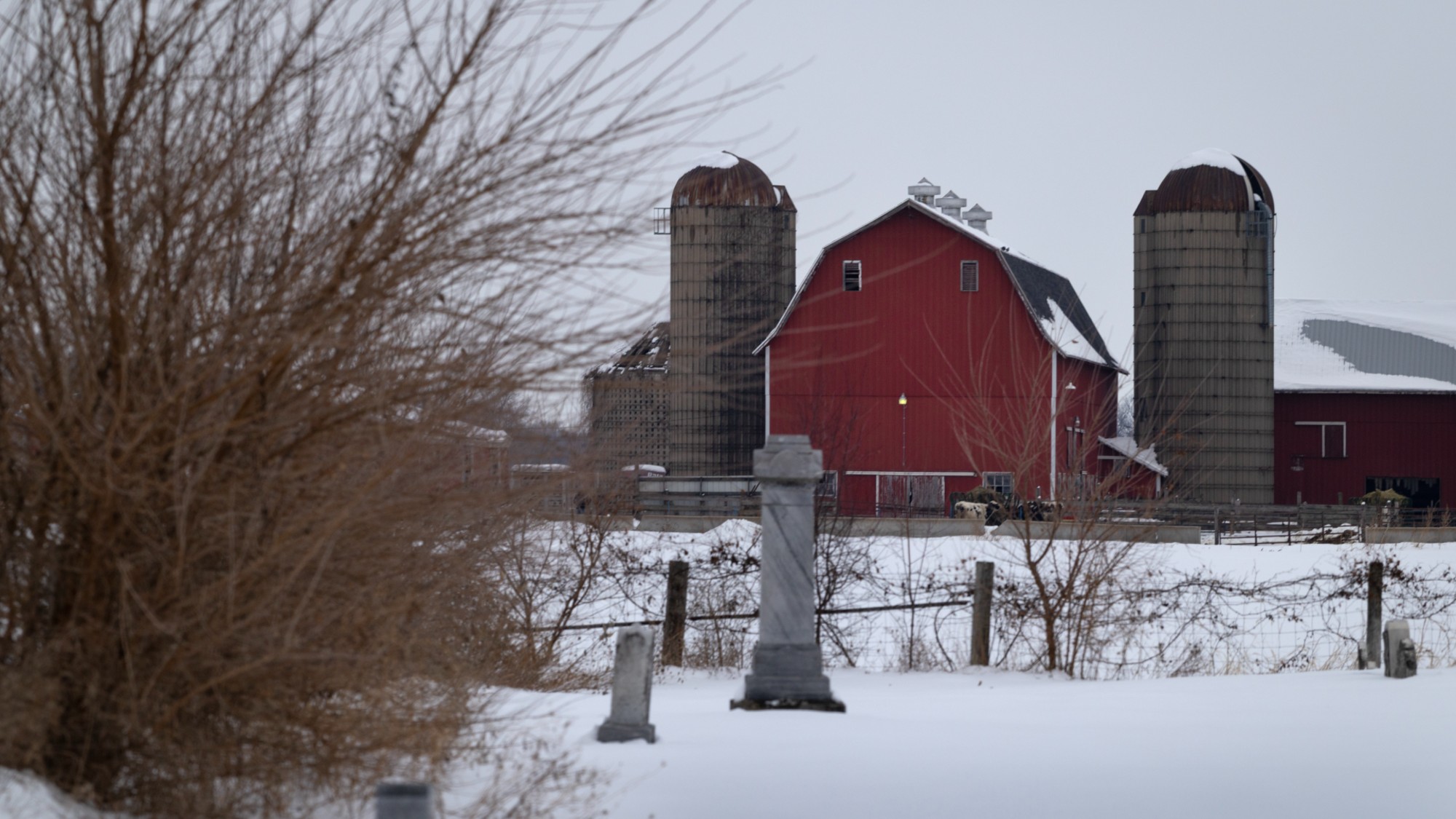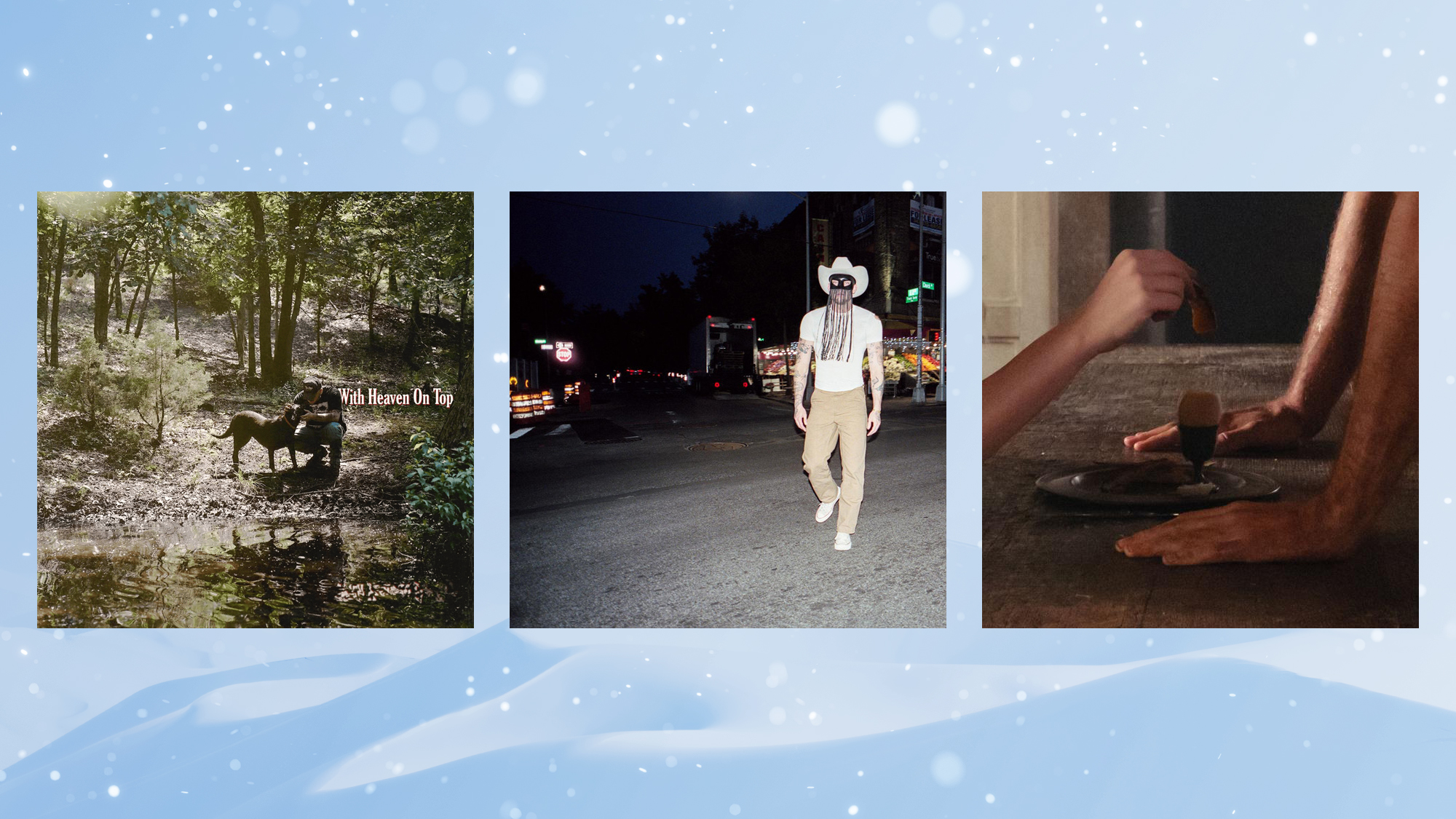Three centuries of dirty dancing
With prom season busting out all over, parental concern about freak dancing is reaching a crescendo. How concerned should parents be?
What is freak dancing?
Named after “Super Freak,” the 1981 Rick James song that celebrates a sexually adventurous woman, freak dancing is a female-bottom-to-male-groin grind. Popular in clubs for several years, it has filtered down to high schools and middle schools around the country. The dance has variations: It can be girl to girl, or two guys sandwiching a girl, or two girls sandwiching a guy, or three guys surrounding a girl. Sometimes the girl gyrates over her partner as he lies on the floor, and sometimes the girl gets down on all fours and buries her face in a partner’s midsection while another slaps her on the butt. As one young woman tells The Washington Post, “It’s all about creativity.”
And people are upset by this?
The Week
Escape your echo chamber. Get the facts behind the news, plus analysis from multiple perspectives.

Sign up for The Week's Free Newsletters
From our morning news briefing to a weekly Good News Newsletter, get the best of The Week delivered directly to your inbox.
From our morning news briefing to a weekly Good News Newsletter, get the best of The Week delivered directly to your inbox.
Very. The explicitness is alarming to many, as is the anonymity. Some educators worry that freaking imparts dangerous lessons. “This sets up a climate that says people’s bodies are available to others,” says Deborah Roffman, author of Sex and Sensibility: The Thinking Parent’s Guide to Talking Sense About Sex. “After we’ve spent 10 years teaching them about sexual harassment, that’s a dangerous thing.” But some experts say freaking is just another fad. “Kids go through phases,” says a Temple University psychiatrist. “ It would shock me more if kids were ballroom dancing.” Oddly, many kids insist that freak dancing isn’t at all about sex. “It’s about showing your freedom, how you can move,” Alexandra Nunez, 17, of Cranston, R.I., tells USA Today.
But isn’t dancing all about sex?
Largely. Dancing is a powerful, primal form of communication—a courtship ritual set to music. Its vocabulary is full of movements that highlight the breasts, buttocks, and hips. Many universally understood courtship gestures are incorporated. Head tossing signals availability and interest. Waving or flexing the arms shows strong emotion. Hip thrusting indicates sexual openness.
Haven’t we heard this uproar before?
A free daily email with the biggest news stories of the day – and the best features from TheWeek.com
Almost ceaselessly. In Western society, the passage of young people into adulthood is marked by conflict and anxiety, as adults fret about their offspring’s looming independence, and young people look for places to rebel. New dances often become a battleground. In the 1840s, Parisian society condemned the polka as a lascivious exercise. At the same time, the English were in high dudgeon over the waltz. Americans have denounced a long series of scandalous dances, from the turkey trot to the twist. “The turkey trot, grizzly bear, and the tango are just so many shields to satisfy passion,” thundered the Rev. J.R. Cox in 1921. “There will be literally millions of men in hell because of half-dressed, jazz-drunk flapper girls,” warned Oscar Lowry in 1938. In 1969, The Watchtower, published by the Jehovah’s Witnesses, denounced the wiggling of rock ’n’ rollers. “Dances like the twist,” the magazine said, “have their origin in pagan fertility dances, designed to arouse the sexual emotions of the participants.”
Is freak dancing any different?
It is certainly an escalation of the age-old debate. Unlike the waltz or the twist, there is no sexual subtext to freak dancing; it’s all sexual text. And as such, it raises certain issues, even among people who accept young people’s right to act out their hormonal urges. “Freak dancing demeans sex,” says Roffman. “Sex should be private; freak dancing is public. Sex should be meaningful; freak dancing is recreational. Sex should be mutual, without pressure from either side; freak dancing often involves pressure. Sex should be part of a relationship; freak dancing is anonymous.”
What are schools doing about it?
They’re putting their foot down with varying levels of vigor. In Riverview, Mich., would-be dancers have to pass a quiz on acceptable dancing behavior. In Tacoma, Wash., students cannot bend over at an angle greater than 45 degrees. Upper Darby, Pa., banned sandwich dancing. Norristown, Pa., outlawed fondling. One school in Maryland fights freaking by frequently interrupting the stream of freak hits by playing the theme from Barney. But in some places, freak dancing is just not an issue. “If you ask 1,000 urban principals, I doubt dancing would be a problem,” says Mount Vernon, N.Y., schools superintendent Ronald Ross. “There are just so many other things we’re dealing with.”
Will freaking last?
A lot of these dances have their day and disappear. Nobody does the Black Bottom from the 1920s anymore, or the Brazilian danca la garrafa, in which a woman, dancing alone, straddles a bottle and sees how close she can get her crotch to it without touching. And there are signs that freak dancing is already losing currency in trend-setting inner-city schools. But some once-forbidden dances, like the tango and the waltz, are absorbed by mainstream culture. If that happens, in 2020 or so, we may see the president of the United States freak dancing at his or her Inaugural Ball.
When the world was shocked by the waltz
The waltz was the freak dancing of the 18th century. Like freak dancing, the waltz first became popular among the lower classes. A stark departure from dances then in vogue—in the sedate minuets, polonaises, and quadrilles, partners barely touched—the waltz was considered low-brow, provincial, and sexy. With the couple locked in a close embrace, whirling around the room, “the waltz is the direct expression of sensuality,” says music scholar Max Graf. After a requisite period of disapproval, the upper classes wondered why poor people should have all the fun and began waltzing themselves. This brought the moral arbiters running. “So long as this obscene display was confined to prostitutes and adulteresses, we did not think it deserving of notice,” said The London Times in 1816. “But now that it is attempted to be forced on the respectable classes of society, we feel it a duty to warn every parent against exposing his daughter to so fatal a contagion.” The debate waned when it was learned that Queen Victoria loved the waltz. A century later, the dance’s seductive power remained unchallenged. “Try it on the fattest and sedatest, even on the thinnest and most acidulous of women, and she will be ready, in 10 minutes, for a stealthy smack behind the door-nay,” wrote H.L. Mencken.
-
 Will Trump’s $12 billion bailout solve the farm crisis?
Will Trump’s $12 billion bailout solve the farm crisis?Today’s Big Question Agriculture sector says it wants trade, not aid
-
 ‘City leaders must recognize its residents as part of its lifeblood’
‘City leaders must recognize its residents as part of its lifeblood’Instant Opinion Opinion, comment and editorials of the day
-
 10 upcoming albums to stream during the winter chill
10 upcoming albums to stream during the winter chillThe Week Recommends As the calendar turns to 2026, check out some new music from your favorite artists